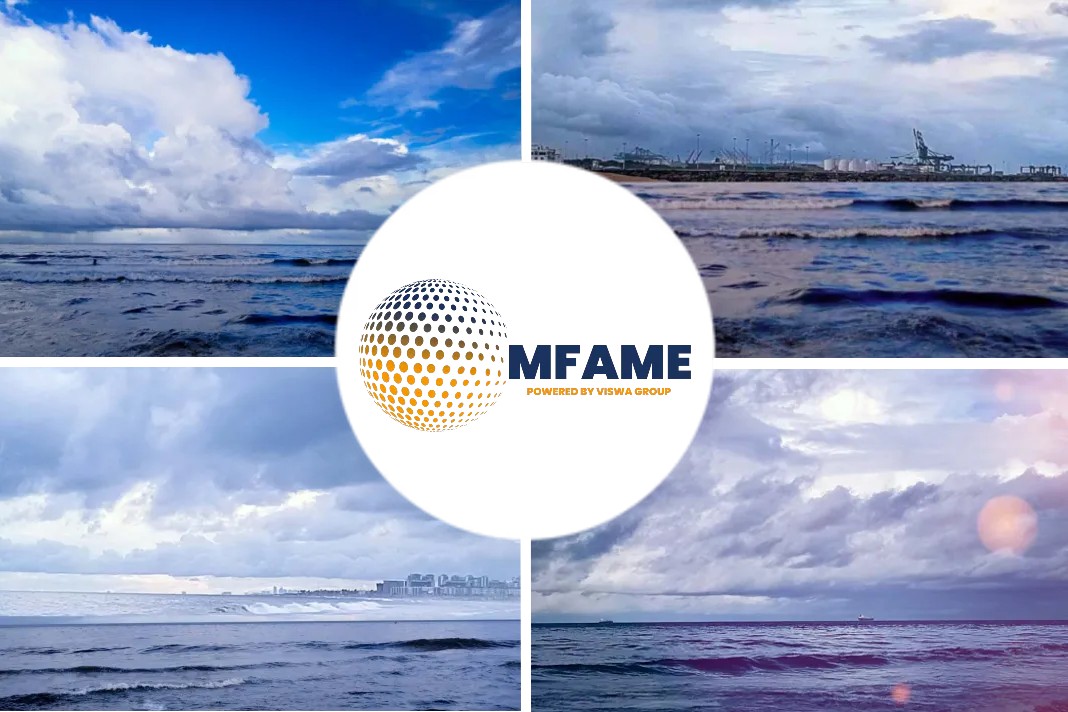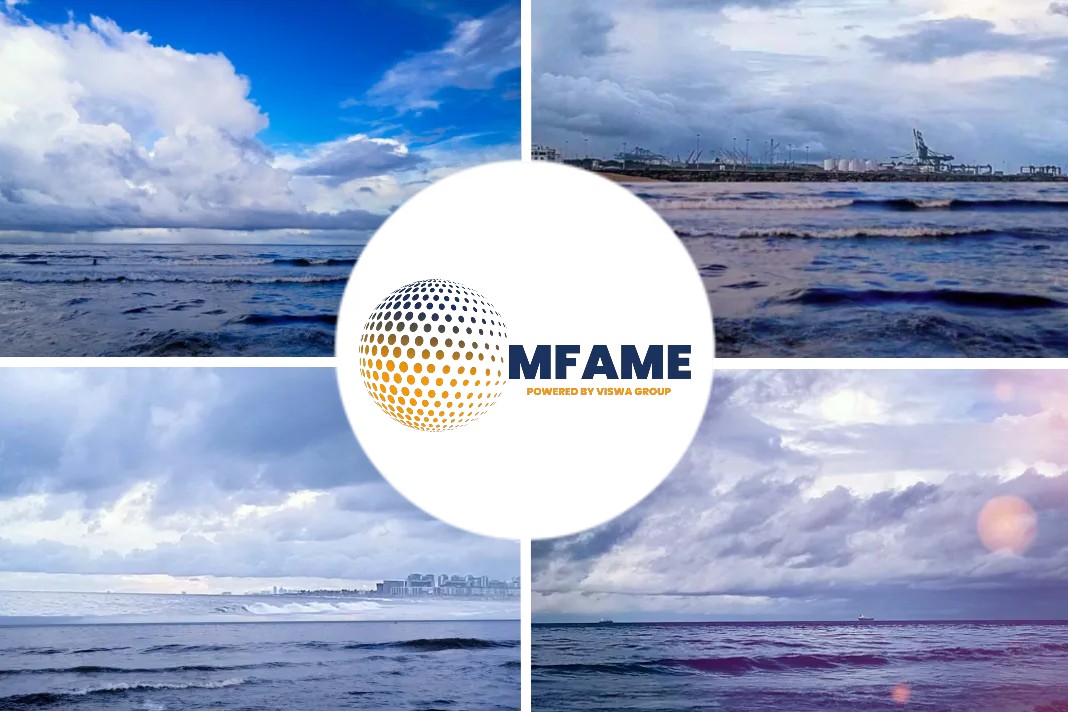- European containerised imports likely to be stuck with demand growth of just 2% for years to come.
- Trade tensions between the US and China and Europe, force consumers of containerised goods in the West to show signs of being ‘saturated’.
- Demand growth in the first 11 months of 2018, was the slowest recorded in the past decade for intra-Asia at 3.8%.
- A 3.4% container-fleet growing demand and low freight rates in 2019 is forecasted.
- A renewed interest in ULC observed with orders up from 9 units in 2016 to 40 in 2018.
- More than two million TEU of new capacity ULC ordered during 2017-2018.
- Recovering the increased costs from purchase of compliant fuels, or by investments in abatement technologies from the end consumer.
The many pitfalls in the coming months will decide the fate of the year for Container Shipping, says Peter Sand, Chief Shipping Analyst for BIMCO.
What is the reason?
The container shipping market depends totally on the long-haul mainlane trades. These long-haul trades are in for a tough year with several pitfalls.
Trade tensions between the US on one side and China and Europe on the other, are coming in on top of a tendency for traditional consumers of containerised goods in the West to show signs of being ‘saturated’ at least in Europe.
Demand drives
If this tendency continues, major problems will prompt liners to rethink their strategy and not just cause, yet another update of the network.
Lower demand on mainlane trades is also likely to have an impact on the part of intra-Asian trade lanes that benefits from exports to Europe and North America.
The trend of February being a slow month continues this year too. The only question will be, to what extent?
Growth in the first 11 months of 2018, was the slowest recorded in the past decade for intra-Asia at 3.8%, except for 2015 when the global market was hurt by a weak demand growth rate.
Freight rates
Freight rates on many intra-Asian trades have been steady throughout 2017-2018, which is very positive in a market which is growing at continued slower pace.
The big question remains, how steady will they be, going forward when extra-Asia trades weaken?

Will intra-Asian trade lanes, supported by the regional demand for container shipping continue growing at a pace that will be high enough?
Focus on Time-charter market
Added to the freight market, the time-charter market also demands attention. Not just because of 2016, when rates were hugely loss-making and demand was very limited.
But because 6,500 TEU and 8,500 TEU ships are experiencing improved interest from operating liners.
Why time-charter?
They fit well in solidly growing north-south trades, delivering scale and flexibility into any non-main trade lane. Moreover, not many new ships of that size are built in the past five years. And, current charter rate levels are still loss-making for these ship sizes.
If the development in charter rates are compared with the data on idle containerships, it becomes interesting, as a relationship seems to exist.

What lies ahead?
Some support to charter rates where the idle fleet is already low (ships with a capacity above 5,100 TEU) and, in the case of a noticeable reactivation among the sub-5,100 TEU sectors, time-charter rates could be lifted there too.
The sequence is this:
- charter demand picks up;
- reactivations start;
- as the idle fleet comes down, the apparent shortage of open ships for hire lifts charter rates.
However, there are no clear signs yet of a significant reactivation trend or the opposite that could trigger rates to move in the time-charter market.
Fleet news
A fleet growing at too high a pace as was the case in 2018 has never done anything to boost the profitability of a shipping market.
Looking into 2019, BIMCO forecasts a 3.4% container-fleet growing demand and low freight rates.

Slipping orderbook?
The scheduled order book for 2019 deliveries stands at: 19, 19,000+ TEU ships; 30 11,800-15,300 TEU ships; ZERO 3,621-11,800 TEU ships; and 129 ships with a TEU capacity of less than 3,621 TEU.
BIMCO expects a 20% slippage rate for the container shipping order book – the lowest among the main shipping sectors.
At the turn of the year, the containership fleet had reached 22 million TEU territory. Ten years ago, it stood at just over 12 million TEU, corresponding to a compound annual growth rate of 6%.
Highest in the first half, lowest in the second half and indicating an industry that slowly, but decisively, that has moved into an era of lower fleet growth – one that matched the lower demand growth much better.
Ultra Large Containerships
Overcapacity is only controlled when demand exceeds supply and a new era of slower fleet growth.
A renewed interest in Ultra Large Containerships is observed with orders up from nine units in 2016 to 36 in 2017, and reaching 40 in 2018, plus many sub-3,000 TEU ships. In total, more than two million TEU of new capacity was ordered during 2017-2018.
Outlook
European containerised imports look likely to be stuck with demand growth of no more than 2% for years to come. Long-hauls into northern and southern Europe, where Ultra Large Containerships are perfectly suited to reap the benefits of economies of scale, will suffer unless cascading is accelerated.
This gloomy outlook seems certain for 2019 and is likely to be extended, if consumer behaviour does not change dramatically from that experienced in the past four years, the exception being 2017.
Cranes to cater ULC
All the US east coast ports are now fully equipped with cranes to cater for Ultra Large Containerships. As a result, strong import growth into the US via this route in 2017 (10%) and again in 2018 (8%) is seen.
More cargo is likely to follow this trend, away from the more crowded options of the US west coast. Despite this, BIMCO forecasts overall imports into the US will be lower in 2019 when compared with 2018.
The higher growth rates are expected on North-South trades, highlighting South America and imports into Africa as places where volumes – but not so much freight rates – could improve in 2019.
IMO 2020 Sulphur cap
The dominant theme of 2019 will be the sharing of the higher costs that are expected in various forms towards the end of the year, as the starting line for the IMO 2020 sulphur cap approaches.
These increased costs will come either as a result of purchase of fuels, which are more expensive than Heavy Sulphur Fuel Oil (HSFO), or because of investments in abatement technologies that will allow carriage and consumption of HSFO past the 1 March and 1 January deadlines.
Unrecovered extra cost dangerous
Unless these costs can be passed on to the end consumer through the whole supply chain, profit margins in the container shipping industry will be reduced everywhere. A failure to recover the extra fuel costs in full may even result in outright bankruptcies in the container shipping industry.
The ability of the container shipping industry to pass on these increases depends greatly on its negotiating power and a fundamentally strong freight market.
Negotiation count on Spot rate
The annual contracts for transpacific cargoes – normally running from May to April – are negotiated soon. An IHS survey of shippers (asked in Q4-2018) shows they expect higher freight rates, but tough and difficult negotiations lie ahead, as markets have weakened somewhat since then.
The outcome may not be as good as liners would hope for, if spot rates fall too much in Q1- 2019.
Did you subscribe for our daily newsletter?
It’s Free! Click here to Subscribe!
Source: Bimco

















![[Watch] How Oil Rigs are Transported by Semi-submersible Vessel](https://mfame.guru/wp-content/uploads/2023/11/mfame-tanker-100x70.jpg)